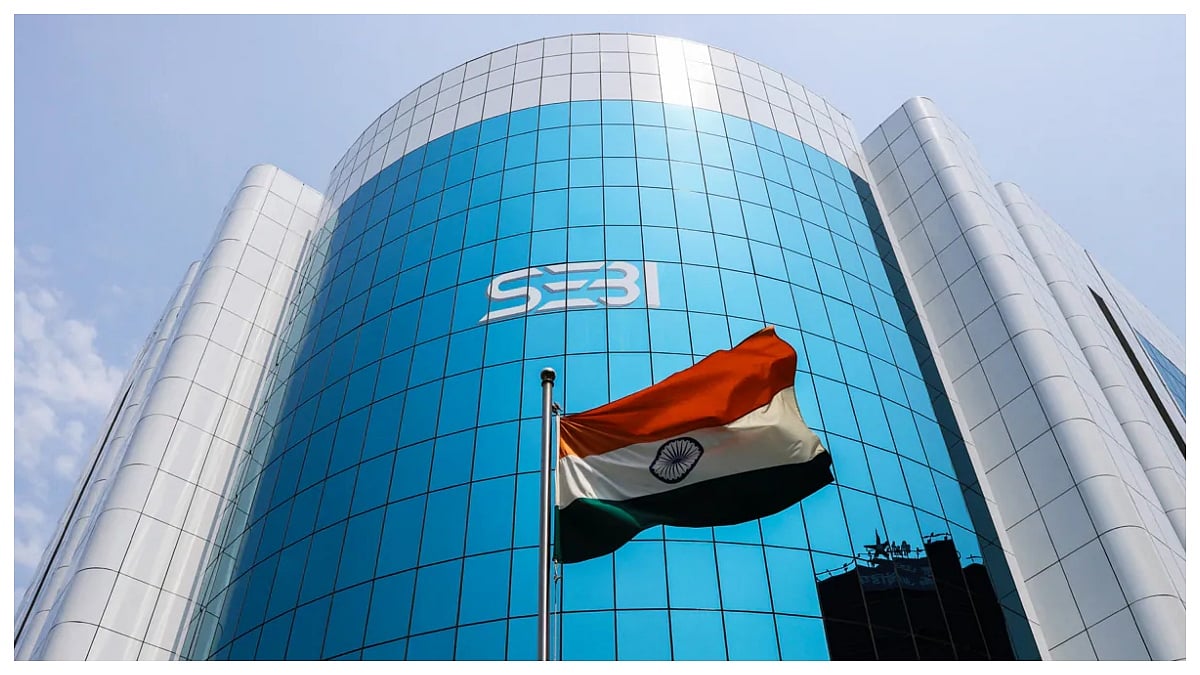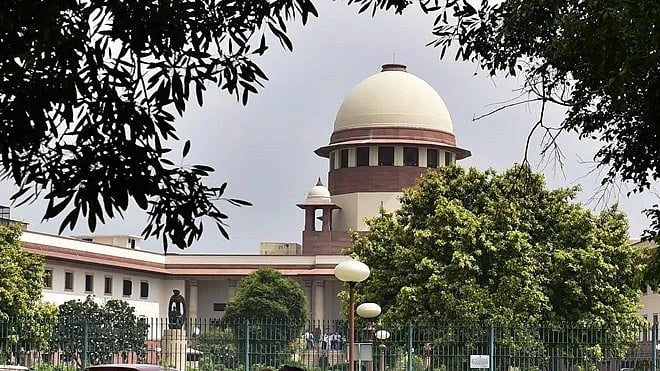Prime Minister Narendra Modi, addressing the nation from the ramparts of the Red Fort on the 74th Independence Day, unveiled a National Health Mission which could prove a game changer for the health sector. Providing a digitally-linked health ID to every Indian, listing the disease, doctors and hospitals visited, medicines prescribed, insurance company, etc., will go a long way in providing a modicum of healthcare to the teeming millions. Linked to a national grid, and crucially to the nation-wide health insurance scheme implemented during Modi 1.0, the health ID and health facility registry will help improve the quality of healthcare made available by doctors and hospitals both in the public and private sectors. Of course, by itself the proposed scheme will not help address the paucity of adequate number of doctors and healthcare facilities, particularly in the rural areas, but nonetheless the effort is commendable. With a higher allocation for the sector, it is more than likely that in time every district in the country will have at least one fully-equipped modern hospital as well. The emphasis on healthcare when the country is struggling to cope with the coronavirus pandemic was most welcome. A related issue which the PM touched upon and for which he was warmly felicitated by women activists was the availability of highly subsidised sanitary pads for menstrual hygiene. Bringing the issue out of the closet thus was meant to remove the stigma normally attached to menstrual hygiene. Not entirely unlinked was the mention of the availability of drinking water to rural households. Work on the supply of piped drinking water to rural households is proceeding well. The PM hoped that the mission to provide every household at least one piped tap water connection would be complete by 2022. He spoke of a number of other welfare-oriented schemes in his 90-minute address, only four minutes shorter than his longest ever I-Day address in 2016. The PM did not directly name either China or Pakistan but it was clear when he referred to the determination of the country to defend both the LAC and the LoC. He touched upon the on-going self-reliance campaign, to substitute foreign for local manufacture, `vocal for local’ and Make in India and make-it-for-world, etc. Significantly, he chose to directly address the middle class and its growing problems, what with the coronavirus lockdown, job redundancies, loss of incomes, disruption in school and college education, causing a general sense of pessimism. Given the considerable influence the middle class wields in shaping public opinion, given that generally it tends to support the BJP, addressing its concerns too must be a priority, especially when the Modi Government has markedly tilted towards welfare schemes for the poor. Keeping the middle class in his corner is a wise strategy which will pay rich dividends in more ways than one. Overall, despite its length, Modi’s 7th I-Day address was business-like, a nuts-and-bolts oration minus big flourishes.





